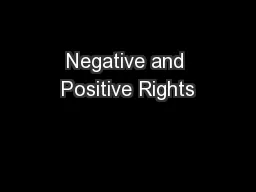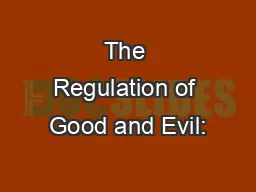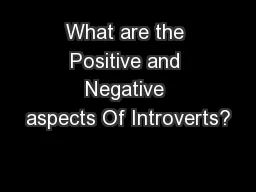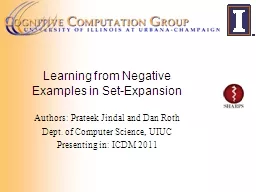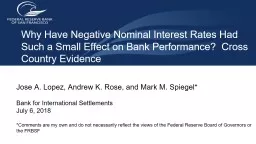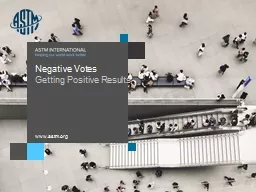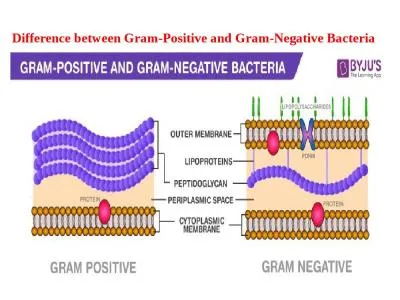PPT-Negative and Positive Rights
Author : conchita-marotz | Published Date : 2017-12-26
This makes my head hurt N egative Rights negative rights permit or oblige inaction especially from government legal but they may be moral either permitting one
Presentation Embed Code
Download Presentation
Download Presentation The PPT/PDF document "Negative and Positive Rights" is the property of its rightful owner. Permission is granted to download and print the materials on this website for personal, non-commercial use only, and to display it on your personal computer provided you do not modify the materials and that you retain all copyright notices contained in the materials. By downloading content from our website, you accept the terms of this agreement.
Negative and Positive Rights: Transcript
Download Rules Of Document
"Negative and Positive Rights"The content belongs to its owner. You may download and print it for personal use, without modification, and keep all copyright notices. By downloading, you agree to these terms.
Related Documents

